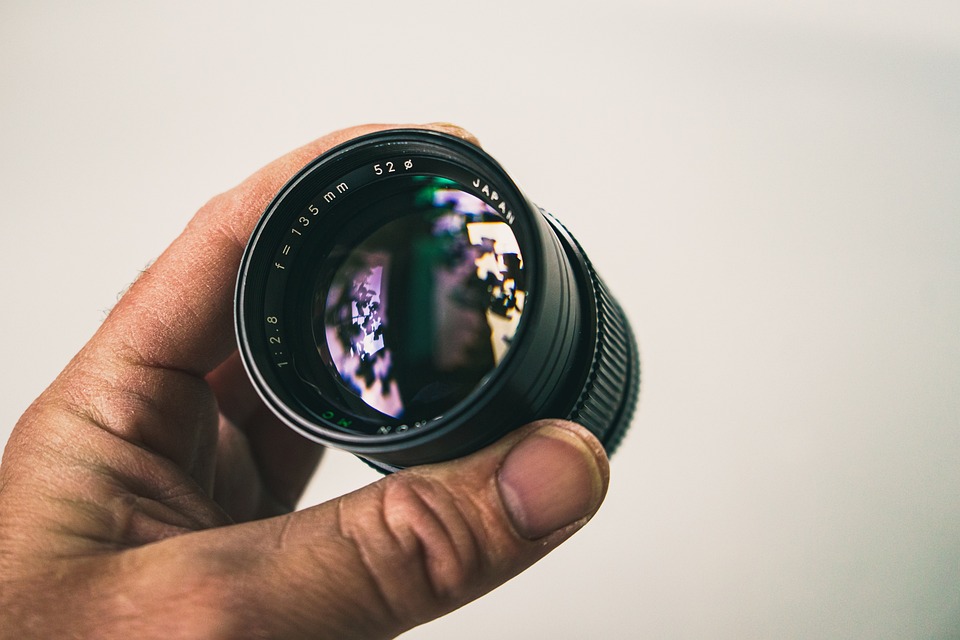To get started, you just need a few simple tools which include:
what do you need:
1. A full frame camera
2. 8mm fisheye lens
3. Coin
4. A piece of string
5. A laptop and some simple editing software
Part 1, before you begin:
You’re probably wondering how a coin and a piece of string fit into the picture (excuse the pun). First, find the perfect contour that will be the core of your image. Make sure that there are not too many moving targets because they may not appear as you think. Make sure all your camera settings are set to “manual” (white balance, focus, etc.) or every photo you take will look a little different.
Tie the coin to one end of the string and the other end around the front of the lens. What you need to do is to hold the coin just above the ground and keep it in exactly the same place so that we keep the camera at a point where there is no parallax. I like to use a marker like a stone or whatever you have in your pocket at the time.
Part 2, taking your photos:
Now, very carefully, you need to take four pictures, each of which represents the four points of the compass, and tilt the camera slightly up and down alternately. Remember to keep the coin hanging in exactly the same place for each photo.
Once you’ve taken all four photos, you’re done.
Part 3, stitching your photos:
Once you are back in front of the computer, load up your sewing software (I recommend PT GUI or Autopano) and import the 4 images you took earlier. Depending on the software you use, there should be a simple alignment button that does all the leg work for you. If your images are not aligned correctly, you will need to create “control points” which will help your program align the images correctly, check the Help menu in your chosen program for detailed instructions. Once the image is aligned, click Create Panorama. Oh Bristow. Your panoramic photo must have been exported to the same location as your photo.
Part 4, post-processing:
A little post-treatment can go a long way. I recommend using GIMP or Photoshop to beautify your panorama. Not only can you change brightness, contrast, and color levels to make your panorama pop, you can also add effects, correct lens flare, and even stamp the bottom of your panorama.
Obviously, not every panorama turns out perfect, so keep practicing until you get it right!
